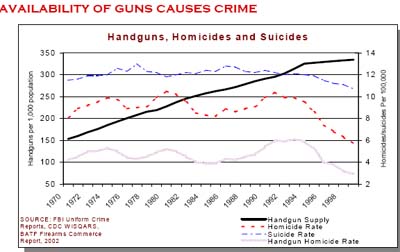So, everyone on both sides is all atwitter about the recent bit of gun violence in schools. Here’s what’s up:
In Utah:
Gun class for Utah teachers
Free concealed-weapons session is offered today
More than a dozen teachers and public school employees will spend part of their UEA weekend in a classroom — learning how to use a gun.
Clark Aposhian is offering a free class today to public school employees seeking to get their concealed- weapons permit.
“It is self-defense,” he told the Deseret Morning News on Thursday. “But because teachers and school administrators and custodians are typically surrounded by students all day, any threat to any individual with a firearm would also be a threat to those students.”
The concealed-weapons instructor’s offer was met with opposition from some teachers and union representatives at the Utah Education Association’s conference in Salt Lake City.
The gun banners chime in:
Get the guns out of your homes
Uh, no. More:
More school shootings, and the inevitable commentary on the evening news: “I didn’t think this sort of thing could happen here.”
The heartfelt, but naive belief that murderous rampages “don’t happen here” begs the question: “Where do you think such things happen?”
Labels exist for the places where shootings occur: urban, inner city; all code for where black and Latino people live and yes, far too often die to senseless gun violence.
But one thing urban folks can tell their scared suburban friends right now is that a good part of the horrendous violence in their communities is due to the proliferation of guns.
Really?

Star Tribune on the school violence conference:
Missing from those discussions, however, were two equally important items: federal budget cuts to school safety programs and access to guns.
The Baltimore Sun:
There seems to be a bipartisan conspiracy to ignore the obvious: Gun violence is so high in this country at least in part because there are so many guns so easily available. The United States is home to more than 200 million firearms, with one or more available in at least a third of American households.
Really? See chart above.
And some common sense breaks out.





